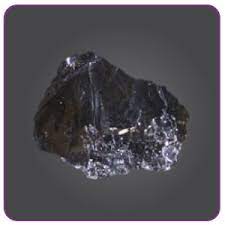History.
The story of rutherfordium's discovery is marked by collaboration and scientific debate. In 1964, a team of scientists at the Joint Institute for Nuclear Research in Dubna, Russia, claimed to have synthesized the element for the first time. They named it kurchatovium after a prominent Soviet physicist.
However, further experiments by other scientists, including a team at the Lawrence Berkeley National Laboratory in California, could not replicate these results. Instead, they proposed the name rutherfordium in 1969 to honor Ernest Rutherford, a pioneer in nuclear physics.
The debate over the discovery of rutherfordium continued for several years. Finally, in 1997, the International Union of Pure and Applied Chemistry (IUPAC), the official body responsible for naming elements, recognized both teams as contributors to the element's discovery and settled on the name rutherfordium.
Usage.
Rutherfordium is a synthetic element, meaning it's not found naturally on Earth and is created in laboratories. Due to its rarity and radioactive nature, rutherfordium does not have any commercial or industrial applications.
Currently, research on rutherfordium is primarily focused on understanding its fundamental properties and exploring its potential role in theoretical physics studies. Scientists are investigating its nuclear structure, stability, and decay characteristics. This research helps advance our understanding of the behavior of matter at the atomic level and contribute to the development of new theories in nuclear physics.
Some of the benefits of using Rutherfordium are:
A
-
Studying rutherfordium's properties can help scientists better understand the forces that hold atomic nuclei together and how these forces change with increasing numbers of protons and neutrons.
-
Rutherfordium's existence and behavior can be used to test and refine existing theories about nuclear physics, potentially leading to new discoveries and insights.
-
In the future, if scientists can overcome the challenges of handling and using rutherfordium safely, it might have potential applications in nuclear energy or medicine.

